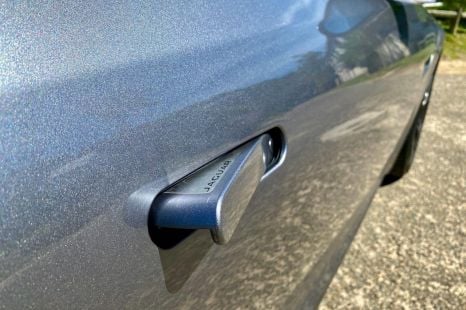

Derek Fung
Flush door handles: Volkswagen CEO hates them, China may ban them
20 Minutes Ago
Volvo gives its combustion-powered seven-seat SUV flagship a second significant update, but is it enough for the XC90 to challenge for class honours?
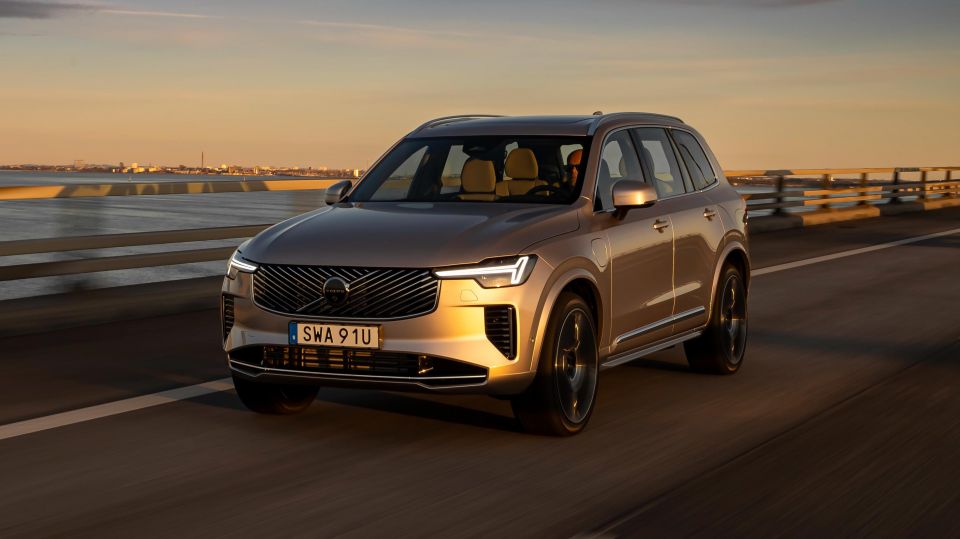


Quickly see how this car stacks up against its competition. Select any benchmark to see more details.
Where expert car reviews meet expert car buying – CarExpert gives you trusted advice, personalised service and real savings on your next new car.
The original Volvo XC90 stuck around for 14 years, and on the basis of the excellent second-generation model’s showing, it would appear the MkII is going to do much the same.

It first hit global markets in 2015 and arrived in Australia for the 2016 model year, with a significant update in 2020 bringing in mild-hybrid drivetrains and revised looks.
However, despite the imminent arrival of the all-electric Volvo EX90, the second-generation XC90 is continuing to offer the Scandinavian company’s customers the chance to stick with combustion power for their large seven-seat luxury SUV if they want to.
Another tweak of the front-end design (primarily new ‘Thor’s hammer’ daytime running lights, diagonal-slatted grille, and creased bonnet) combines with an updated, larger infotainment system running Google software, but drivetrains are unchanged – and we suspect we’ll only get the T8 plug-in hybrid (PHEV) here this time.
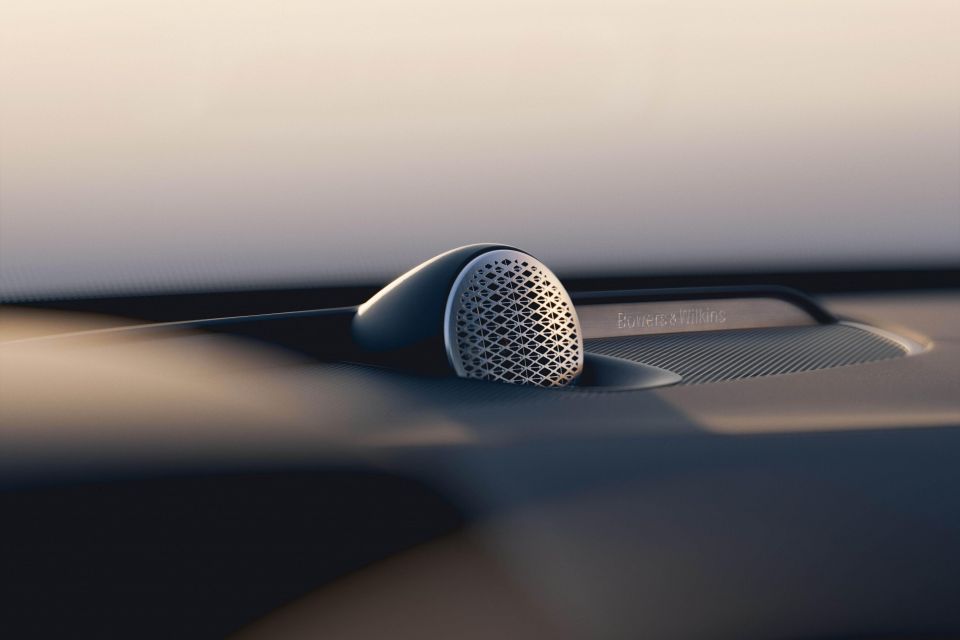
We drove the latest version of the XC90 in its native Sweden to find out if it still feels up-to-date, or whether it is past its best.
UPDATE, 26/11/2024– We have updated this review with new imagery from the international media drive
We don’t have confirmed prices for the 2025 Volvo XC90 yet, but with the outgoing version costing $128,990 before on-road costs in flagship T8 Recharge Ultimate AWD plug-in hybrid form, we’d expect the new one to be in the same sort of ballpark.
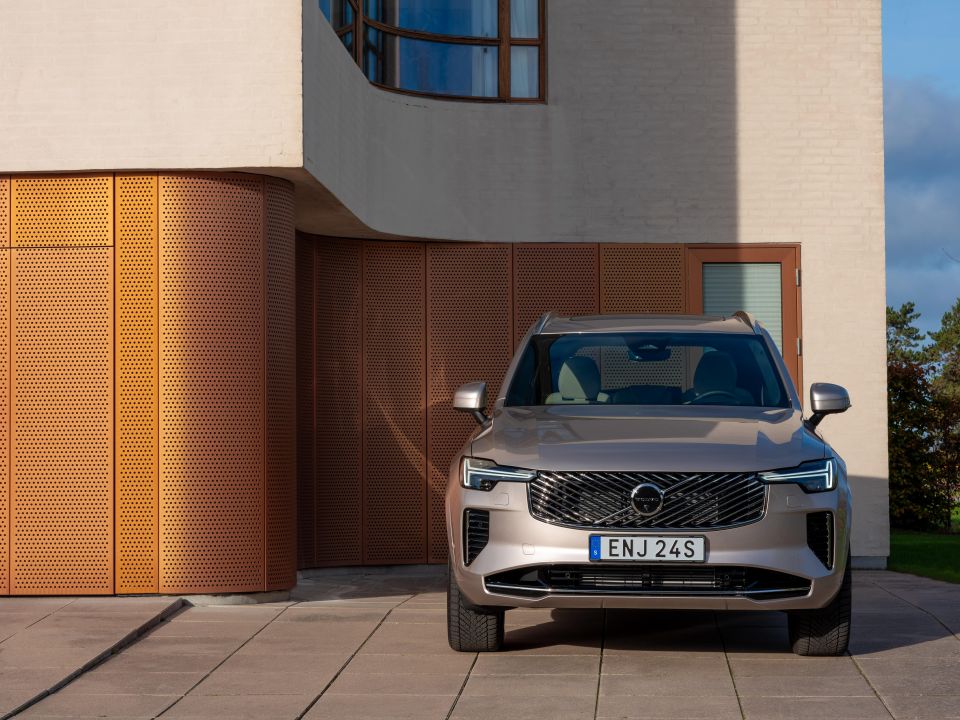
That’ll make it good value alongside either the BMW X5 (from $134,900) or the Mercedes-Benz GLE (from $139,900), but both the Lexus RX (from $90,060) and Audi Q7 (from $117,284) are cheaper – although bear in mind the RX’s price is for the five-seater model (not the RX L), while the cheapest Q7 is the 45 TDI diesel.
To see how the Volvo XC90 lines up against the competition, check out our comparison tool
Buy your new car without the stress. It's fast, simple and completely free.

Great service from Travis and team, second time I have used this business would not hesitate to recommend them to anyone
Craig C.
Purchased a Ford Ranger in Sunshine Coast, QLD
CarExpert helped Craig save $7,224 on his Ford Ranger, now let us save you on your next new car.
Get your BEST priceIf you’ve had the pleasure of sitting in any second-generation XC90 over the past eight years, you’ll know what the 2025 model year car’s cabin is like. Which means it is a sumptuous blend of solid and sophisticated materials, laid out in a sensible and intuitive fashion.
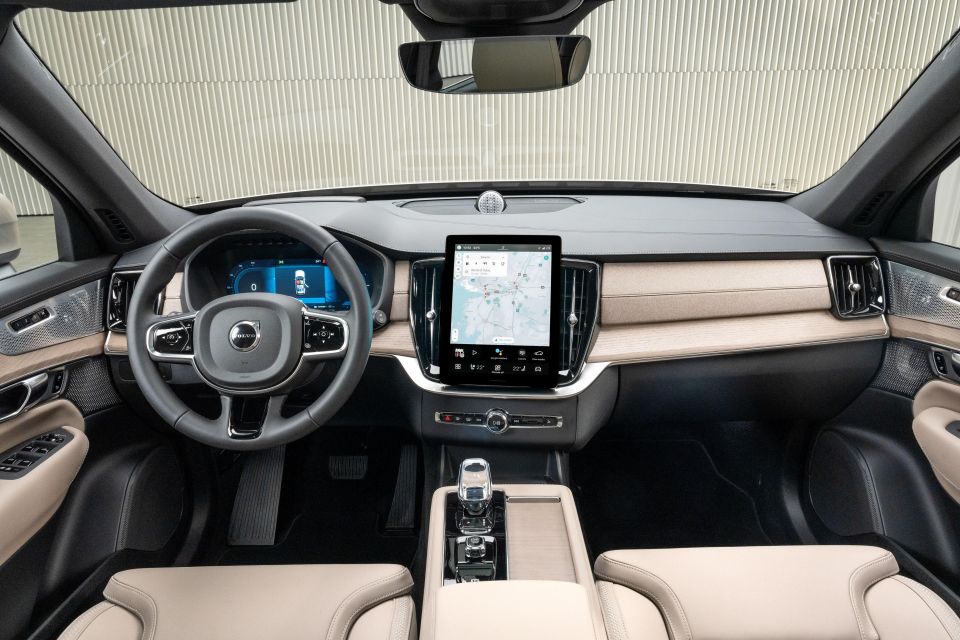
You could, if you were being hyper-critical, say little has changed in eight years, and that might in turn lead you to think the Volvo’s passenger compartment looks dated, but if anything, it seems to be ageing like a fine wine.
It still feels elegant and operates brilliantly, especially in an age of touchscreen-everything when it comes to human-machine interfaces.
That said, on the subject of the infotainment, there is now a larger 11.2-inch central touchscreen with 21 per cent higher pixel density, delivering higher resolution than the smaller 9.0-inch unit it replaces (though it’s not as big as the EX90’s 14.5-inch display) and still running Android Automotive software with Google built-in, which Volvo says is easier to navigate through all its menus and subroutines.
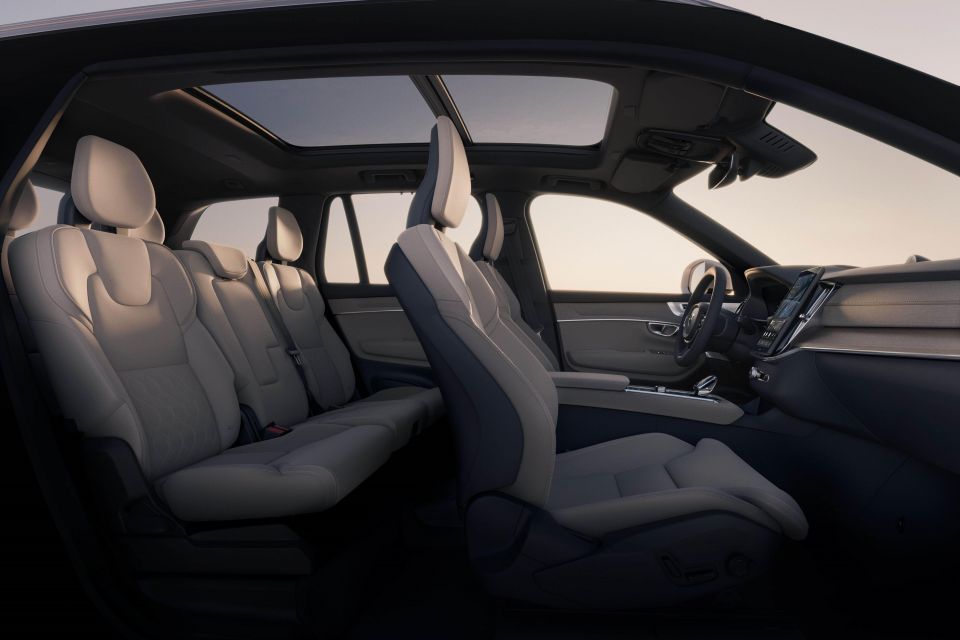
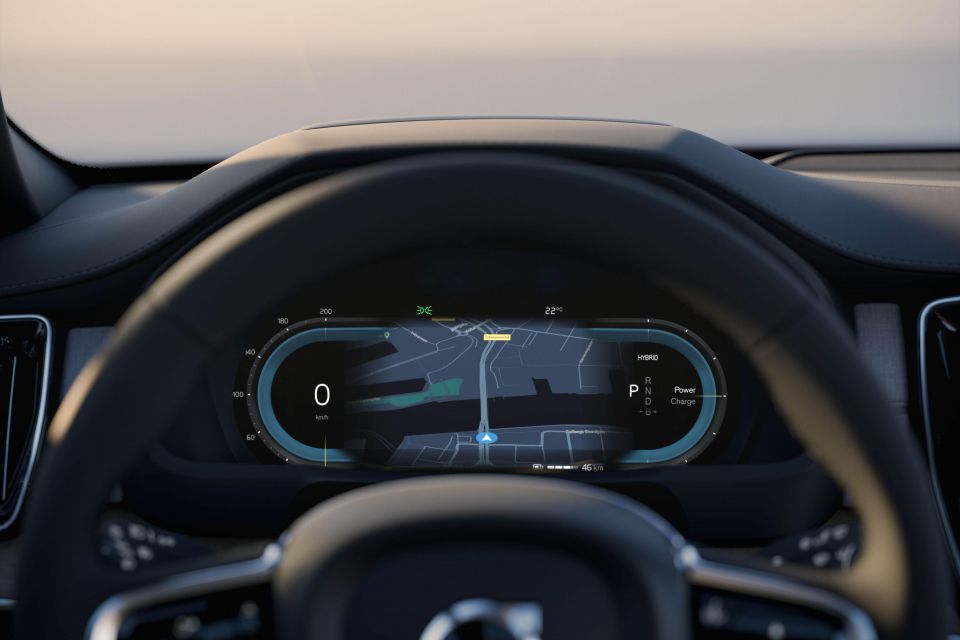
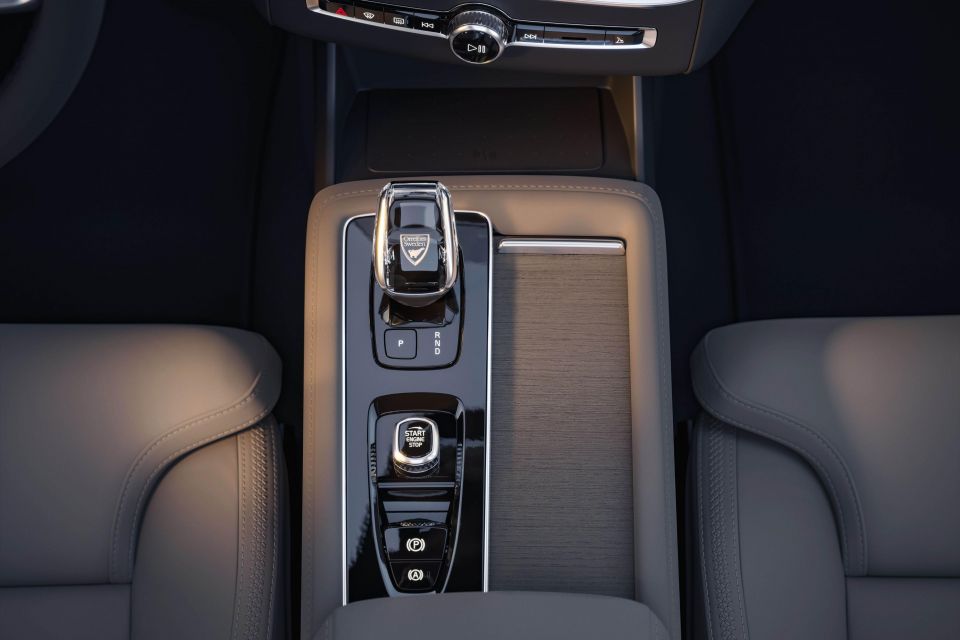
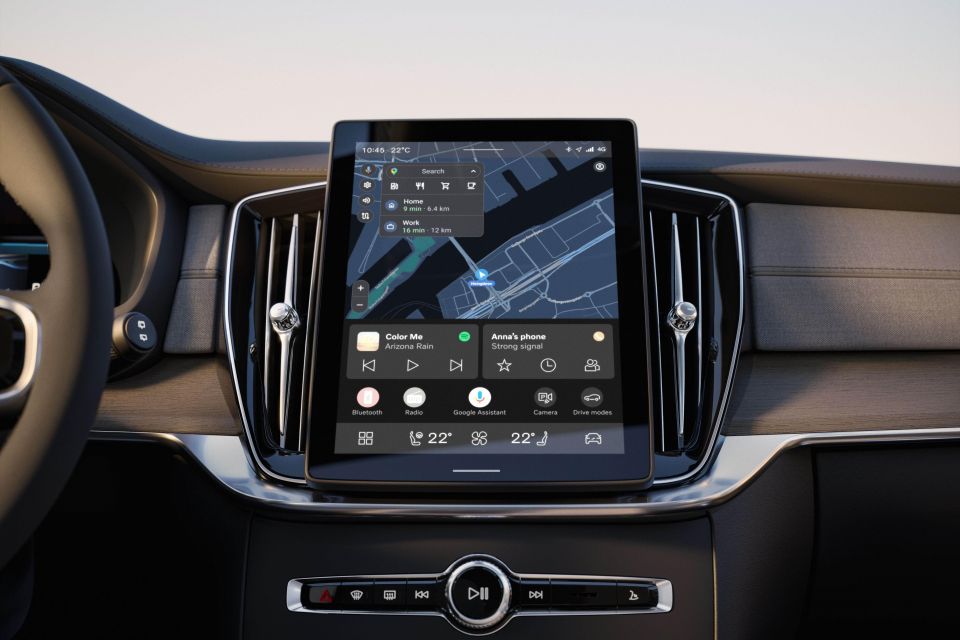
This does work well, with swift responses to inputs and sharp graphical clarity, and then the XC90’s relative ‘antiquity’ plays in its favour because it avoids some of the more irksome idiosyncrasies of the electric models – such as the fog light control ‘button’ being on the touchscreen in the EX30 – due to the fact it has proper, physical switchgear dotted about the interior.
There’s also a 12.3-inch digital instrument cluster and sharper air vents for the redesigned dashboard. Compared to the existing XC90, there’s an extra centre console storage space, another cupholder and a relocated wireless phone charger, as well as a redesigned gear selector.
Additional sound insulation has been fitted to reduce road noise, but beyond that it’s the usual spacious XC90 cabin. Row two is generous with leg- and headroom, and there’s plenty of configurability around how you want the rear pair of seating rows to be set up.
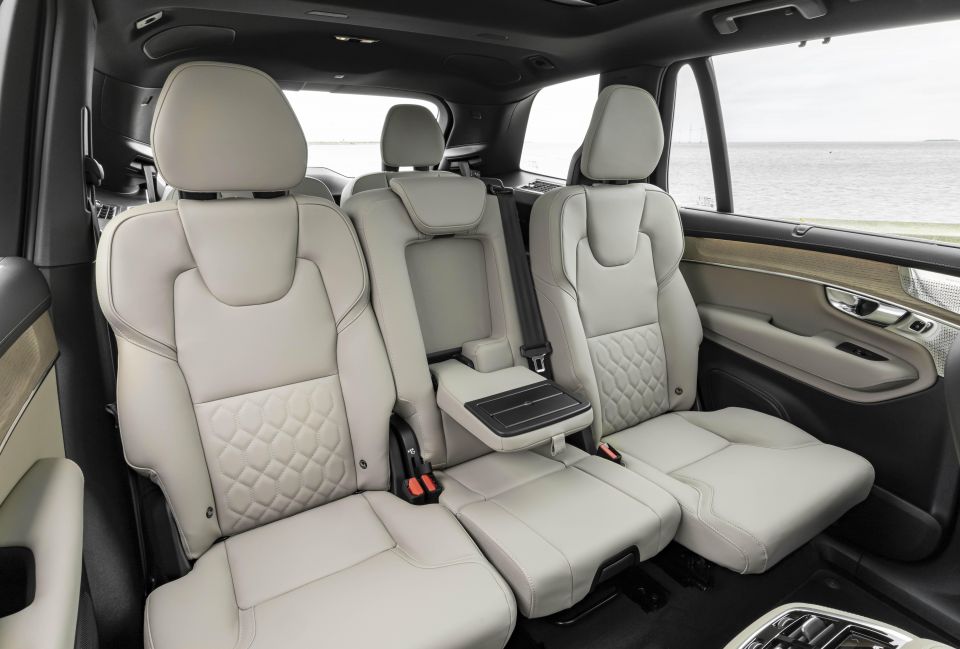
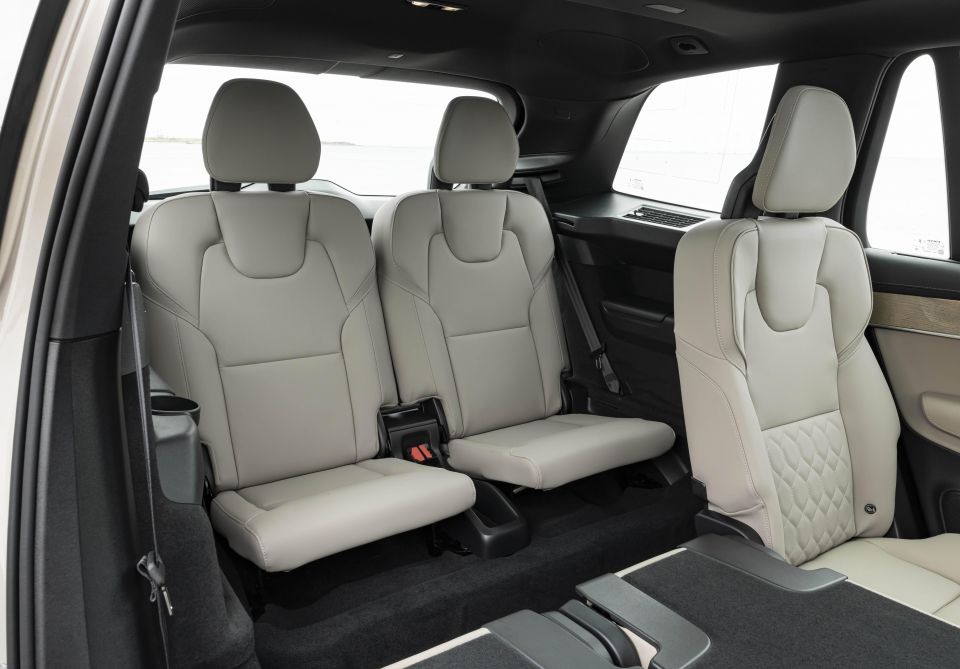
Volvo always said people 1.73 metres tall could sit in the two seats right at the back of the cabin, although we’d say they’re still better suited for children or young teenagers on longer journeys.
Boot space is sizeable, with load volumes up to the window line of 262 litres (with seven seats in use) or 668L (in five-seat mode), while the ultimate cargo area with all the rear passenger seats folded down and the XC90 loaded up to the roof measures in at a giant 1959L.
To see how the Volvo XC90 lines up against the competition, check out our comparison tool
The familiar T8 plug-in hybrid drivetrain, variously called ‘Twin Engine’ and ‘Recharge’ during its life, continues in service for the MY2025 XC90.
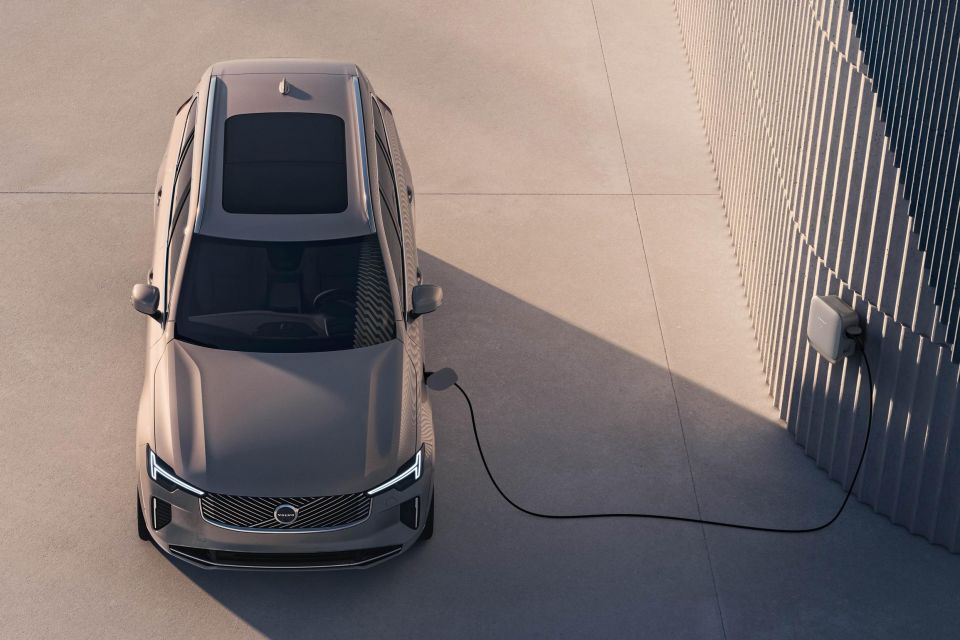
This pairs a 2.0-litre four-cylinder petrol engine, using both a turbocharger and a supercharger, to the electric motor and battery pack.
The engine alone delivers a healthy 228kW and 400Nm, backed up by another 107kW and 309Nm from the electric motor, with an 18.8kWh (that’s the gross capacity, of which 14.7kWh is usable) battery pack powering the electrical portion of the propulsion system.
Volvo quotes a peak drivetrain output that’s the sum of its parts, so the XC90 T8 makes 335kW and 709Nm – enough to shunt this near-2.3-tonne SUV from 0-100km/h in just 5.4 seconds.
| Specifications | Volvo XC90 T8 PHEV |
|---|---|
| Engine | 2.0-litre 4cyl turbo/supercharged petrol + 107kW electric motor |
| Transmission | 8-speed automatic |
| Battery | 14.7kWh (usable) |
| Total system power | 335kW |
| Total system torque | 709Nm |
| 0-100km/h | 5.4 seconds |
| Top speed | 180km/h |
| Driven wheels | AWD |
| Weight | 2227-2297kg |
| Fuel economy (claimed) | 1.2-1.6L/100km |
| Fuel economy (as tested) | 9.2L/100km |
| Fuel tank capacity | 71 litres |
| Fuel requirement | 95-98 RON premium unleaded petrol |
| Electric rangeCO2 emissions | 63km |
| CO2 emissions | 30-36g/km |
| Emissions standard | Euro 6e |
The 2.0-litre turbocharged B5 model using a 48-volt mild-hybrid petrol engine to produce up to 184kW and 360Nm continues in other markets, but it was dropped from the 2023 Volvo Australia website and we’re not yet sure if it’s going to make it back to these shores. We’ll keep you updated on that front.
To see how the Volvo XC90 lines up against the competition, check out our comparison tool
Again, familiarity could breed some contempt for the Volvo XC90 here, were it not for two things: one, it has always been a refined delight to travel in; and two, there have been some suspension changes to outline.
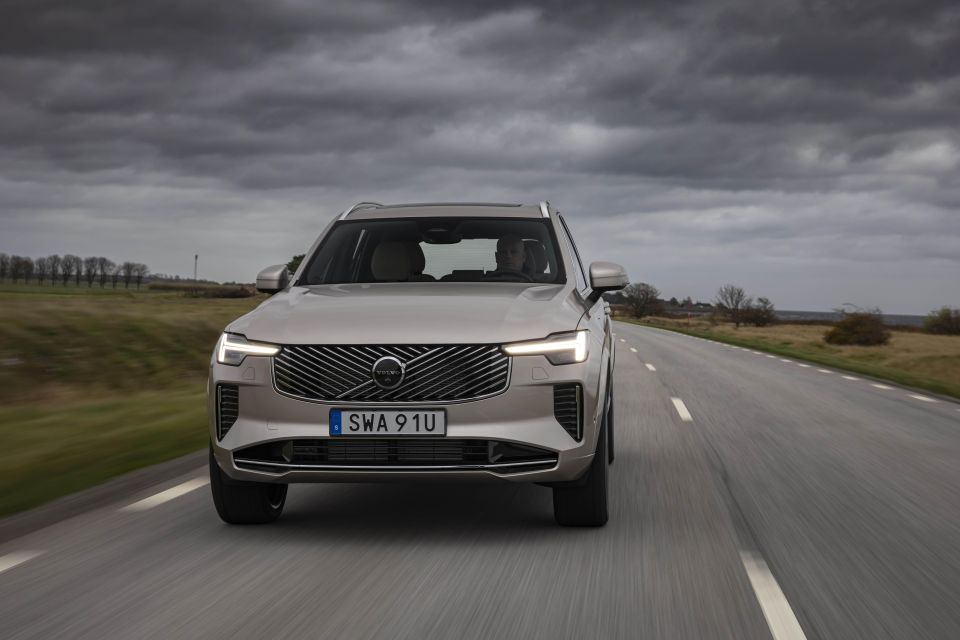
All models continue with double-wishbone front suspension, but a new integral link has been built into the independent rear suspension system to improve the SUV’s stability and traction when towing.
If not fitted with optional air suspension, then frequency selective dampers (FSDs) provide a degree of adaptability to the surface terrain the XC90 is encountering.
However, we’d say air suspension does the XC90 plenty of favours, giving it a generally smoother and quieter ride quality, without sacrificing anything significant in the way of body control and handling.

Okay, as the XC90 is a large and heavy vehicle without an obvious emphasis on sportiness, it’s not the most thrilling thing in the corners, but it’s more assured and capable than it needs to be, while the snarling gargle of the twin-charged four-cylinder engine actually imbues spirited driving with a decent soundtrack.
Basically, the XC90 will hustle and hustle hard if you want it to, although rare will be the occasions when its driver is grinning broadly behind its wheel.
Yet for rolling refinement and comfort, this Swedish machine is as good as anything in this sector, if not better than them all. The air-sprung suspension is supple and polished, while minimal wind and tyre noise permeates the cabin. Doing hundreds of kilometres in one hit in this thing would be a breeze.
Perhaps the only minor black mark to point out is real-world fuel consumption, a typical PHEV weakness that’s by no means specific to the XC90 T8. Official claims of petrol use are less than 2.0L/100km, but we saw 9.2L/100km across a mixed route of just 105km.
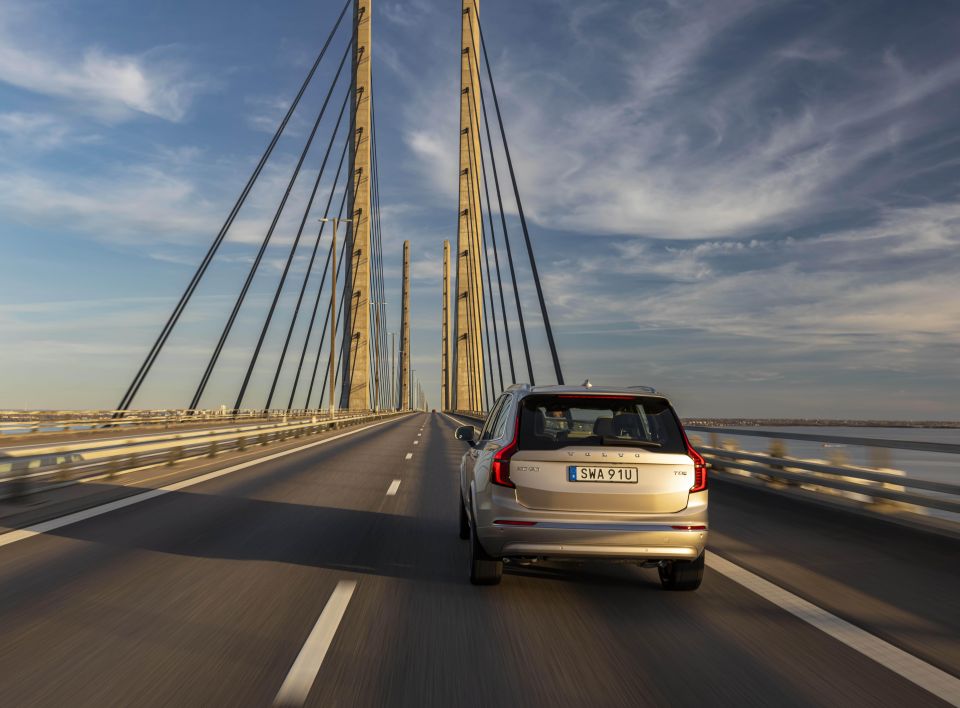
In the Volvo’s defence, it still had 50 per cent of battery charge left at the end and a claimed 30km of electric driving capability remaining, while the trip computer reckoned it had a combined range of 580km on its dual resources.
Also, 9.2L/100km isn’t too bad for a 2.3-tonne SUV with 335kW, but obviously it’s some way off the official number. A relatively small (for a PHEV) 14.7kWh battery doesn’t help with everyday efficiency either.
To see how the Volvo XC90 lines up against the competition, check out our comparison tool
Again, we’re waiting for confirmed specifications for the 2025 XC90, but going by the Ultimate specification of the current car, plenty of equipment will be fitted as standard.


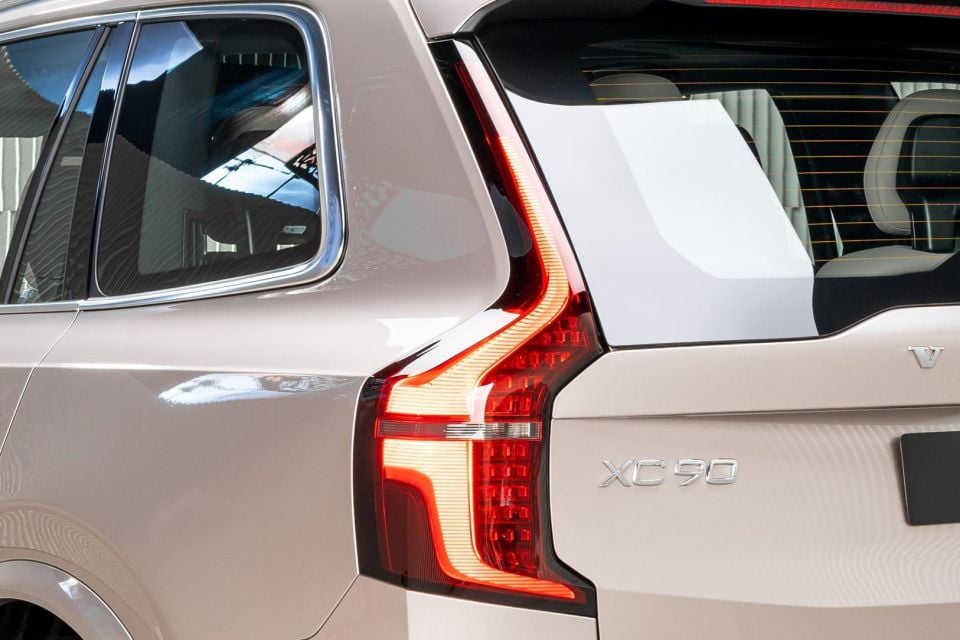

Volvo XC90 highlights:
To see how the Volvo XC90 lines up against the competition, check out our comparison tool
The Volvo XC90 was last assessed in 2015 and picked up five-star ratings from both ANCAP and Euro NCAP, although regulations have tightened since then. However, this is a Volvo, and safety is the company’s paramount feature, so it is a secure choice for families wanting a seven-seat SUV.
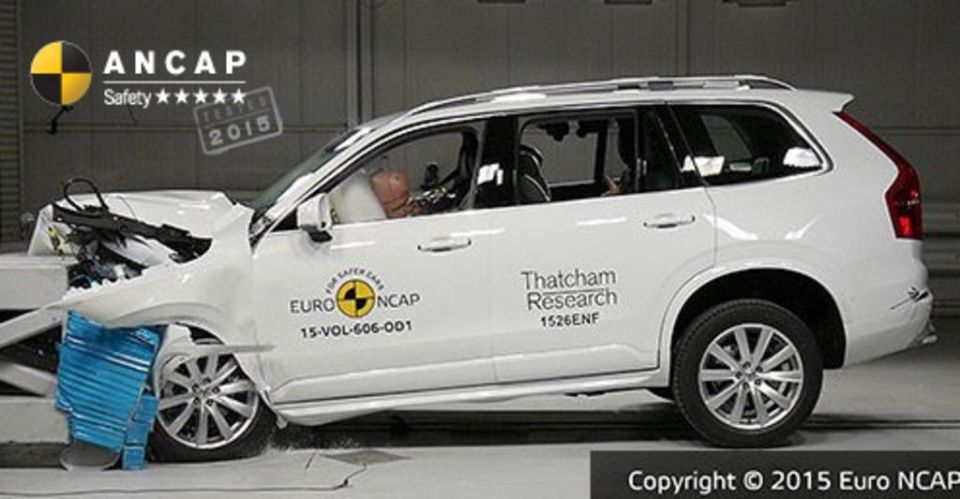
Standard safety equipment includes:
To see how the Volvo XC90 lines up against the competition, check out our comparison tool
Volvo Australia has a standard five-year, unlimited-distance warranty, which is mirrored by the roadside assistance level. But if you service the car every year with Volvo, you can extend the roadside assistance to a maximum of eight years.
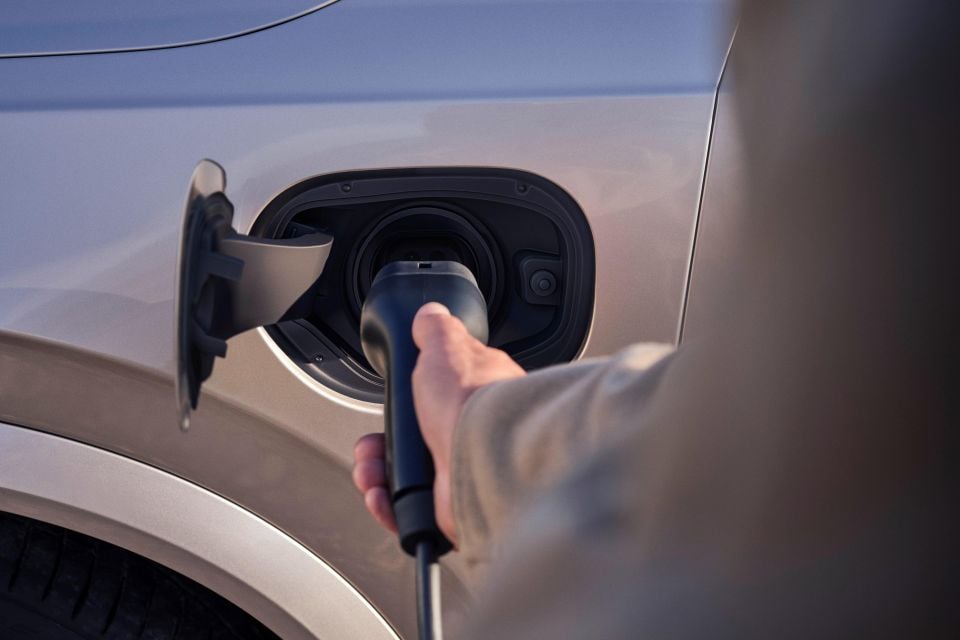
Where expert car reviews meet expert car buying – CarExpert gives you trusted advice, personalised service and real savings on your next new car.
| Running costs | Volvo XC90 |
|---|---|
| Warranty | 5 years, unlimited kilometres |
| Roadside assistance | 8 years, unlimited kilometres (if serviced by Volvo) |
| Capped-price servicing | 5 years, 75,000 kilometres |
To see how the Volvo XC90 lines up against the competition, check out our comparison tool
Buy your new car without the stress. It's fast, simple and completely free.

Great service from Travis and team, second time I have used this business would not hesitate to recommend them to anyone
Craig C.
Purchased a Ford Ranger in Sunshine Coast, QLD
CarExpert helped Craig save $7,224 on his Ford Ranger, now let us save you on your next new car.
Get your BEST priceWithout making drastic changes to the car, it could have been the case that the Volvo XC90 would feel outmanoeuvred by newer, more technologically advanced rivals.
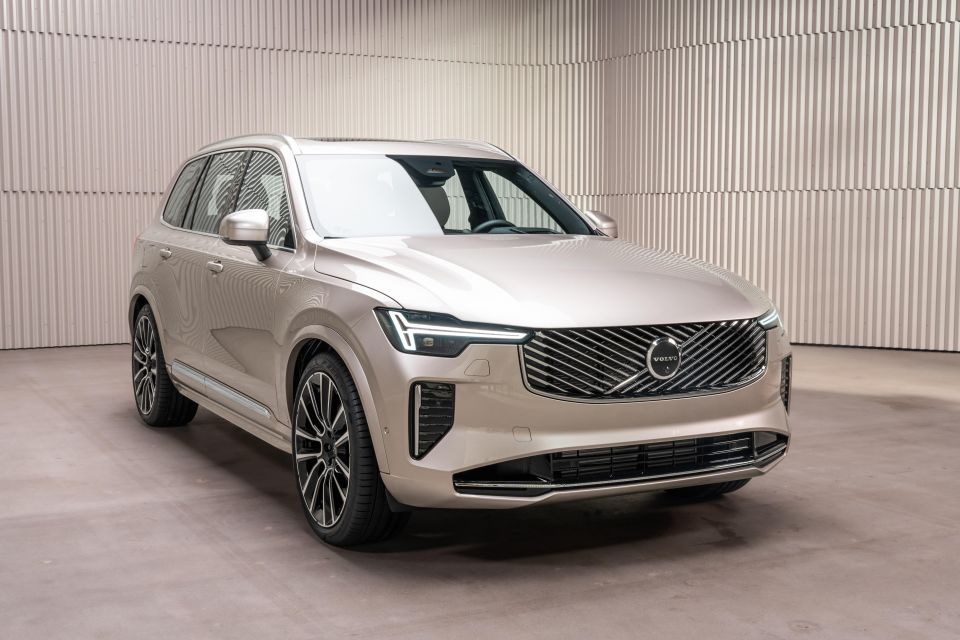
And, okay, the battery pack in the T8 PHEV is one area where this is true – around 20-25kWh is more the norm for luxury SUVs these days.
But in all other aspects, this is still one of the finest, most desirable premium seven-seaters going. Opulent and swift, stylish and discreet, the XC90 is a Swedish masterpiece.
Interested in buying a Volvo XC90? Get in touch with one of CarExpert’s trusted dealers here
Click the images for the full gallery
MORE: Everything Volvo XC90
Where expert car reviews meet expert car buying – CarExpert gives you trusted advice, personalised service and real savings on your next new car.


Derek Fung
20 Minutes Ago
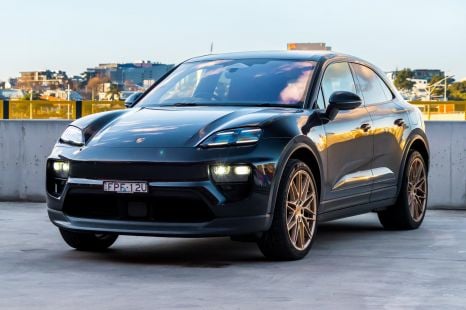

James Wong
7 Hours Ago
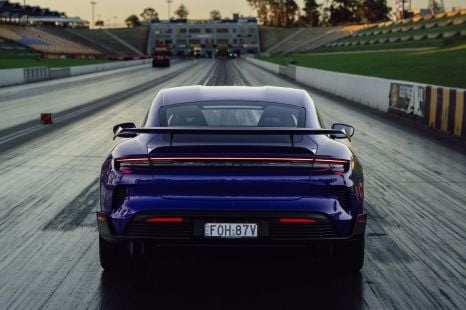

Toby Hagon
14 Hours Ago
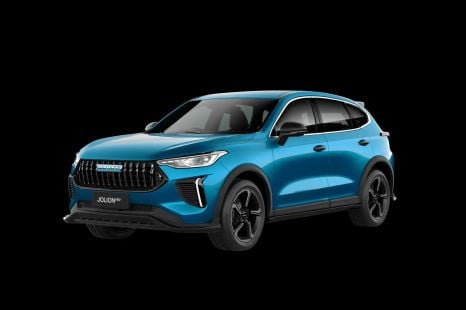

William Stopford
15 Hours Ago
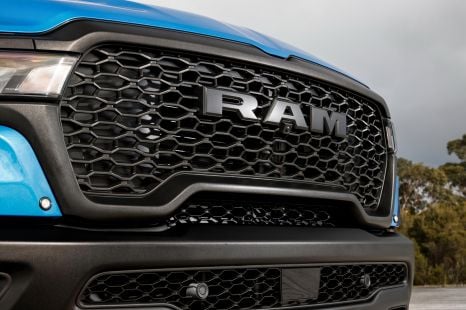

William Stopford
15 Hours Ago
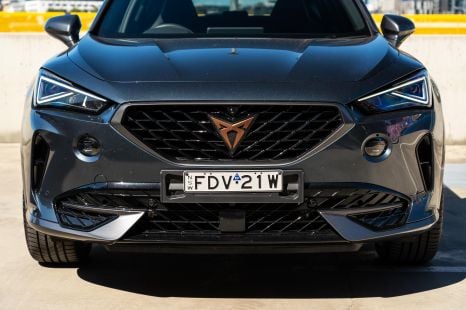

James Wong
17 Hours Ago